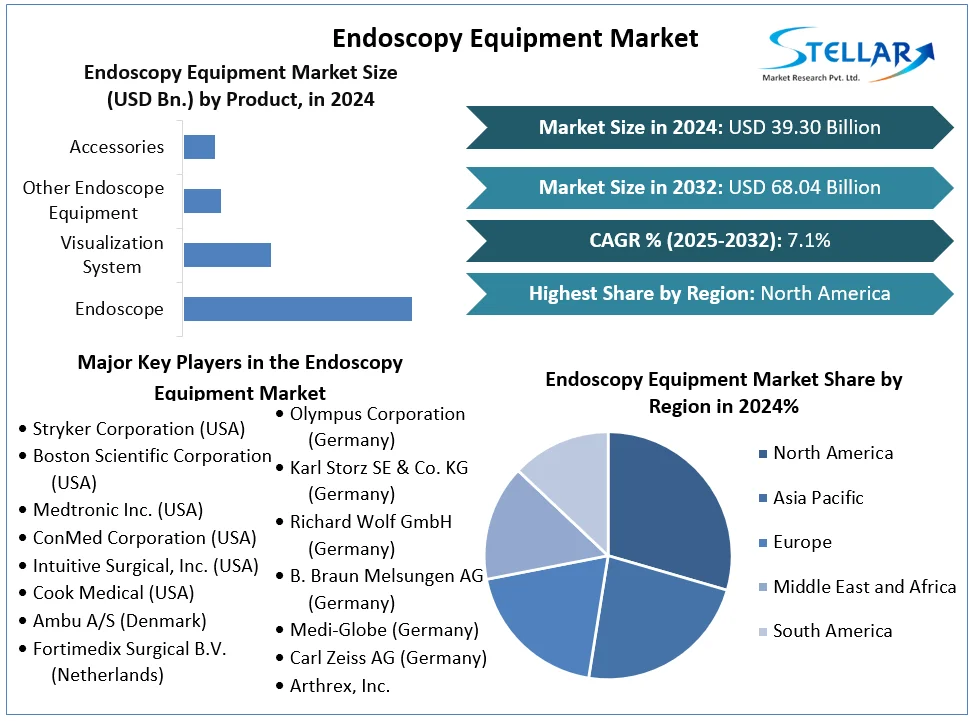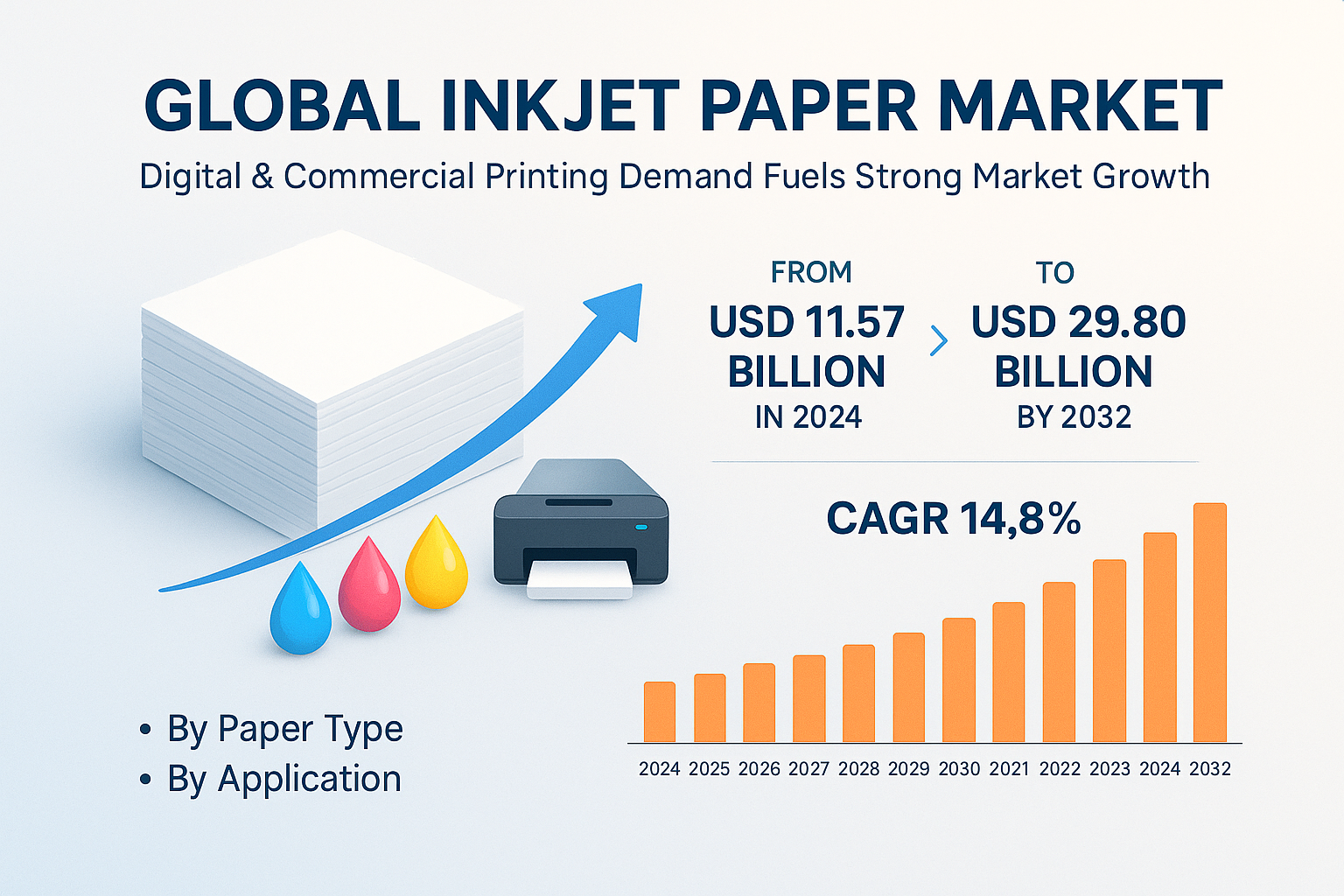Marine Urea Market to be Driven by increasing population in the Forecast Period of 2025-2032
Marine Urea Market Outlook: Market Size, Growth Drivers, Segmentation, and Competitive Landscape
The global marine urea market is experiencing steady growth as the maritime industry increasingly adopts emission control technologies to comply with stringent environmental regulations. Marine urea, a high-purity aqueous urea solution, is widely used in Selective Catalytic Reduction (SCR) systems to reduce nitrogen oxide (NOx) emissions from marine diesel engines. With global shipping under pressure to minimize environmental impact, marine urea has become a critical consumable within modern vessel operations.
Request Free Sample Report:https://www.stellarmr.com/report/req_sample/marine-urea-market/2460
1. Market Estimation & Definition
Marine urea is a non-toxic, colorless solution consisting of urea and deionized water, specifically formulated for use in SCR systems onboard ships. When injected into exhaust streams, marine urea reacts with nitrogen oxides, converting them into harmless nitrogen and water vapor. The marine urea market includes production, distribution, and consumption across commercial vessels, cargo ships, tankers, cruise liners, and offshore support vessels. Market expansion is closely linked to rising global maritime trade, fleet modernization, and the enforcement of emission reduction mandates.
2. Market Growth Drivers & Opportunities
Several critical factors are driving the growth of the marine urea market:
Stringent Emission Regulations: International maritime regulations aimed at reducing NOx emissions have significantly increased the adoption of SCR systems, directly boosting marine urea demand.
Expansion of Global Shipping: Growth in international trade and seaborne transportation has increased the global vessel fleet, creating consistent consumption of marine urea across commercial shipping routes.
Fleet Modernization: Ship owners are upgrading engines and retrofitting vessels with emission control technologies, accelerating marine urea usage.
About us
Phase 3,Navale IT Zone, S.No. 51/2A/2,
Office No. 202, 2nd floor,
Near, Navale Brg,Narhe,
Pune, Maharashtra 411041
sales@stellarmr.com
Marine Urea Market Outlook: Market Size, Growth Drivers, Segmentation, and Competitive Landscape
The global marine urea market is experiencing steady growth as the maritime industry increasingly adopts emission control technologies to comply with stringent environmental regulations. Marine urea, a high-purity aqueous urea solution, is widely used in Selective Catalytic Reduction (SCR) systems to reduce nitrogen oxide (NOx) emissions from marine diesel engines. With global shipping under pressure to minimize environmental impact, marine urea has become a critical consumable within modern vessel operations.
Request Free Sample Report:https://www.stellarmr.com/report/req_sample/marine-urea-market/2460
1. Market Estimation & Definition
Marine urea is a non-toxic, colorless solution consisting of urea and deionized water, specifically formulated for use in SCR systems onboard ships. When injected into exhaust streams, marine urea reacts with nitrogen oxides, converting them into harmless nitrogen and water vapor. The marine urea market includes production, distribution, and consumption across commercial vessels, cargo ships, tankers, cruise liners, and offshore support vessels. Market expansion is closely linked to rising global maritime trade, fleet modernization, and the enforcement of emission reduction mandates.
2. Market Growth Drivers & Opportunities
Several critical factors are driving the growth of the marine urea market:
Stringent Emission Regulations: International maritime regulations aimed at reducing NOx emissions have significantly increased the adoption of SCR systems, directly boosting marine urea demand.
Expansion of Global Shipping: Growth in international trade and seaborne transportation has increased the global vessel fleet, creating consistent consumption of marine urea across commercial shipping routes.
Fleet Modernization: Ship owners are upgrading engines and retrofitting vessels with emission control technologies, accelerating marine urea usage.
About us
Phase 3,Navale IT Zone, S.No. 51/2A/2,
Office No. 202, 2nd floor,
Near, Navale Brg,Narhe,
Pune, Maharashtra 411041
sales@stellarmr.com
Marine Urea Market to be Driven by increasing population in the Forecast Period of 2025-2032
Marine Urea Market Outlook: Market Size, Growth Drivers, Segmentation, and Competitive Landscape
The global marine urea market is experiencing steady growth as the maritime industry increasingly adopts emission control technologies to comply with stringent environmental regulations. Marine urea, a high-purity aqueous urea solution, is widely used in Selective Catalytic Reduction (SCR) systems to reduce nitrogen oxide (NOx) emissions from marine diesel engines. With global shipping under pressure to minimize environmental impact, marine urea has become a critical consumable within modern vessel operations.
Request Free Sample Report:https://www.stellarmr.com/report/req_sample/marine-urea-market/2460
1. Market Estimation & Definition
Marine urea is a non-toxic, colorless solution consisting of urea and deionized water, specifically formulated for use in SCR systems onboard ships. When injected into exhaust streams, marine urea reacts with nitrogen oxides, converting them into harmless nitrogen and water vapor. The marine urea market includes production, distribution, and consumption across commercial vessels, cargo ships, tankers, cruise liners, and offshore support vessels. Market expansion is closely linked to rising global maritime trade, fleet modernization, and the enforcement of emission reduction mandates.
2. Market Growth Drivers & Opportunities
Several critical factors are driving the growth of the marine urea market:
Stringent Emission Regulations: International maritime regulations aimed at reducing NOx emissions have significantly increased the adoption of SCR systems, directly boosting marine urea demand.
Expansion of Global Shipping: Growth in international trade and seaborne transportation has increased the global vessel fleet, creating consistent consumption of marine urea across commercial shipping routes.
Fleet Modernization: Ship owners are upgrading engines and retrofitting vessels with emission control technologies, accelerating marine urea usage.
About us
Phase 3,Navale IT Zone, S.No. 51/2A/2,
Office No. 202, 2nd floor,
Near, Navale Brg,Narhe,
Pune, Maharashtra 411041
sales@stellarmr.com
0 Comments
0 Shares
9 Views
0 Reviews












